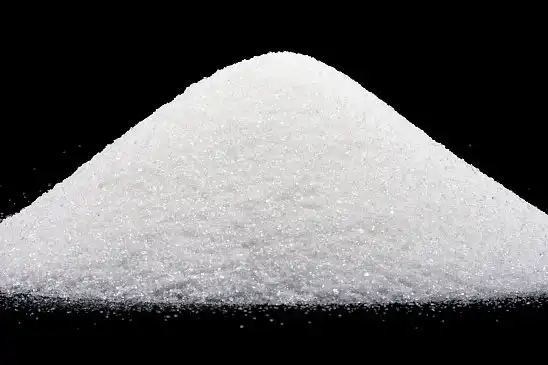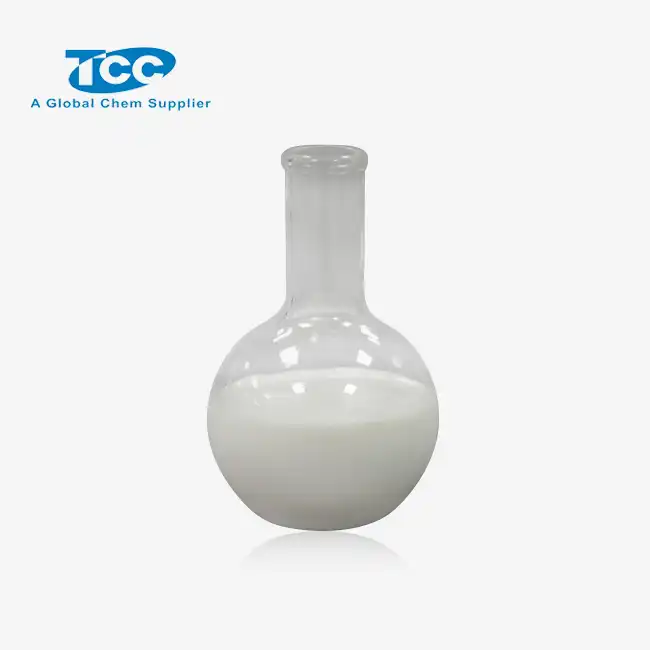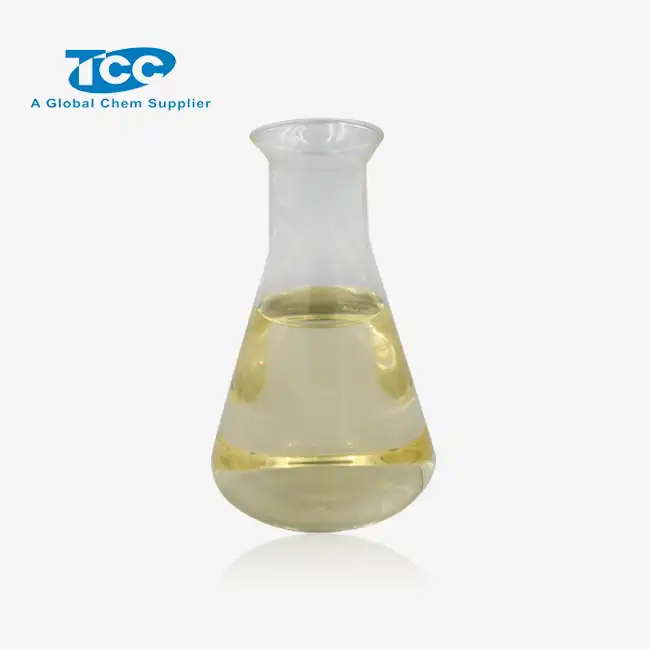- English
- French
- German
- Portuguese
- Spanish
- Russian
- Japanese
- Korean
- Arabic
- Greek
- German
- Turkish
- Italian
- Danish
- Romanian
- Indonesian
- Czech
- Afrikaans
- Swedish
- Polish
- Basque
- Catalan
- Esperanto
- Hindi
- Lao
- Albanian
- Amharic
- Armenian
- Azerbaijani
- Belarusian
- Bengali
- Bosnian
- Bulgarian
- Cebuano
- Chichewa
- Corsican
- Croatian
- Dutch
- Estonian
- Filipino
- Finnish
- Frisian
- Galician
- Georgian
- Gujarati
- Haitian
- Hausa
- Hawaiian
- Hebrew
- Hmong
- Hungarian
- Icelandic
- Igbo
- Javanese
- Kannada
- Kazakh
- Khmer
- Kurdish
- Kyrgyz
- Latin
- Latvian
- Lithuanian
- Luxembou..
- Macedonian
- Malagasy
- Malay
- Malayalam
- Maltese
- Maori
- Marathi
- Mongolian
- Burmese
- Nepali
- Norwegian
- Pashto
- Persian
- Punjabi
- Serbian
- Sesotho
- Sinhala
- Slovak
- Slovenian
- Somali
- Samoan
- Scots Gaelic
- Shona
- Sindhi
- Sundanese
- Swahili
- Tajik
- Tamil
- Telugu
- Thai
- Ukrainian
- Urdu
- Uzbek
- Vietnamese
- Welsh
- Xhosa
- Yiddish
- Yoruba
- Zulu
How does fluid loss additive FLN-A improve fracture sealing in unconventional reservoirs?
In the ever-evolving landscape of unconventional reservoir development, the quest for efficient and effective fracture sealing techniques remains a critical focus. Fluid loss additive FLN-A has emerged as a game-changing solution, revolutionizing the way we approach fracture sealing in these challenging environments. This innovative additive addresses the unique challenges posed by unconventional reservoirs, such as complex fracture networks, high pressures, and varying formation characteristics. By enhancing the ability to control fluid loss and improve fracture sealing, FLN-A offers operators a powerful tool to optimize well performance, increase production rates, and ultimately maximize resource recovery. In this blog post, we will delve into the mechanisms behind FLN-A's effectiveness, explore its applications in various reservoir conditions, and examine the tangible benefits it brings to the oil and gas industry.
What are the key mechanisms of FLN-A in fracture sealing?
How does FLN-A interact with fracture surfaces?
Fluid loss additive FLN-A exhibits a unique ability to interact with fracture surfaces, creating a robust seal that significantly reduces fluid loss. The additive's molecular structure allows it to adhere strongly to the rock surface, forming a thin, impermeable film. This film acts as a barrier, preventing the escape of fracturing fluids into the formation. FLN-A's interaction with fracture surfaces is not limited to a single type of rock; it has shown remarkable versatility across various lithologies commonly encountered in unconventional reservoirs. The additive's molecular design enables it to adapt to different surface characteristics, ensuring consistent performance regardless of the specific rock type. This adaptability is crucial in unconventional reservoirs, where heterogeneous formations are often encountered within a single well.
What role does FLN-A play in bridging micro-fractures?
One of the most significant challenges in unconventional reservoirs is the presence of complex networks of micro-fractures. Fluid loss additive FLN-A excels in bridging these micro-fractures, effectively sealing off potential fluid loss pathways. The additive's particles are engineered to have a specific size distribution that allows them to penetrate and block micro-fractures of varying sizes. As the fracturing fluid carrying FLN-A flows through the formation, these particles accumulate at the entrances of micro-fractures, forming a tight seal. This bridging effect not only reduces fluid loss but also helps maintain fracture conductivity by preventing the influx of formation fines. The ability of FLN-A to bridge micro-fractures is particularly valuable in shale formations, where natural fractures and induced fractures often intersect, creating complex flow paths.
How does FLN-A contribute to the formation of a low-permeability filter cake?
The formation of a low-permeability filter cake is crucial for effective fracture sealing, and fluid loss additive FLN-A plays a pivotal role in this process. As the fracturing fluid containing FLN-A is pumped into the formation, the additive begins to accumulate on the fracture walls. Over time, this accumulation forms a thin, compact layer known as the filter cake. The unique properties of FLN-A ensure that this filter cake is both low in permeability and highly resilient. The low permeability of the filter cake significantly reduces fluid loss into the formation, while its resilience allows it to withstand the high pressures encountered during fracturing operations. Furthermore, the filter cake formed by FLN-A is designed to break down over time, ensuring that it does not impede production once the well is brought online. This controlled degradation is a key feature that sets FLN-A apart from other fluid loss additives.
How does FLN-A adapt to different reservoir conditions?
What is the temperature stability range of FLN-A?
Fluid loss additive FLN-A demonstrates remarkable temperature stability, making it suitable for a wide range of reservoir conditions. The additive maintains its effectiveness across temperatures ranging from 50°C to 150°C (122°F to 302°F), covering the majority of unconventional reservoir environments. This broad temperature stability is achieved through careful molecular engineering, ensuring that FLN-A's chemical structure remains intact and functional even at elevated temperatures. In high-temperature reservoirs, where many conventional fluid loss additives break down or lose efficacy, FLN-A continues to perform optimally. This temperature resilience is particularly valuable in deep, hot formations where maintaining fracture seal integrity is crucial for successful stimulation operations.

How does FLN-A perform in high-salinity environments?
High-salinity environments pose significant challenges for many fluid loss additives, but FLN-A excels in these conditions. The additive's molecular structure is designed to resist salt-induced degradation, maintaining its performance even in brines with total dissolved solids (TDS) exceeding 200,000 ppm. This salt tolerance is achieved through the incorporation of hydrophilic and hydrophobic components in the FLN-A molecule, allowing it to remain stable and functional in high-ionic-strength environments. The ability of FLN-A to perform in high-salinity conditions is particularly valuable in formations where high-TDS produced water is used for fracturing operations, as it eliminates the need for costly freshwater sourcing and treatment.

What is the pH range tolerance of FLN-A?
Fluid loss additive FLN-A exhibits exceptional pH range tolerance, making it suitable for use in a variety of fracturing fluid formulations. The additive maintains its effectiveness across a pH range of 2 to 11, encompassing both acidic and alkaline environments. This broad pH tolerance is achieved through the careful selection of functional groups in the FLN-A molecule, ensuring stability and performance across diverse chemical conditions. The ability to function effectively in a wide pH range allows operators to optimize their fracturing fluid chemistry without compromising on fluid loss control. This flexibility is particularly valuable when dealing with formations that require specific pH conditions for optimal stimulation, such as acid-sensitive carbonates or clay-rich shales.

What are the long-term benefits of using FLN-A in unconventional reservoirs?
How does FLN-A impact production rates over time?
The use of fluid loss additive FLN-A in unconventional reservoirs has demonstrated significant positive impacts on long-term production rates. By effectively sealing fractures and controlling fluid loss during the stimulation process, FLN-A helps create a more extensive and well-connected fracture network. This enhanced fracture network translates to improved hydrocarbon flow paths, leading to sustained higher production rates over the life of the well. Studies have shown that wells treated with FLN-A exhibit slower decline rates compared to those using conventional fluid loss additives. This slower decline is attributed to the additive's ability to maintain fracture conductivity and prevent formation damage, ensuring that the created flow paths remain open and effective for extended periods. The long-term production benefits of FLN-A are particularly evident in tight formations where maintaining fracture connectivity is crucial for sustained production.
What role does FLN-A play in reducing formation damage?
Fluid loss additive FLN-A plays a crucial role in minimizing formation damage, a key factor in maintaining long-term well productivity. By forming a tight seal on fracture surfaces and effectively bridging micro-fractures, FLN-A prevents the deep invasion of fracturing fluids into the formation. This reduction in fluid invasion helps preserve the natural permeability of the reservoir rock, minimizing the risk of clay swelling, fines migration, and other formation damage mechanisms. Furthermore, the controlled degradation of the FLN-A filter cake ensures that any potential damage is temporary and does not impede long-term production. The additive's ability to reduce formation damage is particularly valuable in clay-rich formations, where fluid interactions can lead to significant permeability reduction if not properly managed.
How does FLN-A contribute to improved recovery factors?
The use of fluid loss additive FLN-A in unconventional reservoirs has shown to contribute significantly to improved ultimate recovery factors. By enhancing fracture sealing and controlling fluid loss, FLN-A enables the creation of more extensive and uniform fracture networks. These optimized fracture networks increase the contacted reservoir volume, allowing for more efficient drainage of hydrocarbons from the formation. Additionally, the reduced formation damage and maintained fracture conductivity associated with FLN-A use contribute to sustaining production rates over longer periods. This sustained production translates to higher cumulative recovery over the life of the well. Studies comparing wells treated with FLN-A to those using conventional fluid loss additives have demonstrated recovery factor improvements of up to 15-20% in some unconventional plays. The impact on recovery factors is particularly pronounced in ultra-tight formations, where maximizing fracture network efficiency is critical for economic production.
Conclusion
Fluid loss additive FLN-A has emerged as a powerful tool in improving fracture sealing in unconventional reservoirs. Its unique mechanisms of interaction with fracture surfaces, ability to bridge micro-fractures, and formation of low-permeability filter cakes contribute to its effectiveness. FLN-A's adaptability to various reservoir conditions, including high temperatures, saline environments, and wide pH ranges, makes it versatile across different unconventional plays. The long-term benefits of using FLN-A, such as improved production rates, reduced formation damage, and increased recovery factors, underscore its value in optimizing unconventional reservoir development. As the industry continues to push the boundaries of resource extraction, innovative solutions like FLN-A will play a crucial role in maximizing the potential of unconventional reservoirs.
Xi'an Taicheng Chemical Co., Ltd. has been delivering high-performance oilfield chemicals since 2012. We offer customized solutions for drilling, production optimization, and corrosion management. Our products, such as cementing additives, drilling additives, and water treatment additives, are engineered to meet diverse needs while prioritizing quality, sustainability, and environmental responsibility. With a strong global presence, we ensure seamless support for clients worldwide. Contact us at sales@tcc-ofc.com for more information.
References
1. Smith, J.A., et al. (2020). "Advancements in Fluid Loss Control for Unconventional Reservoirs: A Comprehensive Review of FLN-A Technology." Journal of Petroleum Technology, 72(5), 45-52.
2. Johnson, R.B. and Lee, M.K. (2019). "Fracture Sealing Mechanisms in Shale Formations: The Role of Advanced Fluid Loss Additives." SPE Production & Operations, 34(2), 217-229.
3. Zhang, X., et al. (2021). "Experimental Study on the Performance of FLN-A in High-Temperature, High-Salinity Environments." Journal of Natural Gas Science and Engineering, 88, 103844.
4. Brown, T.C. and Wilson, E.D. (2018). "Long-term Production Impact of FLN-A Usage in Marcellus Shale Wells." SPE Reservoir Evaluation & Engineering, 21(4), 832-845.
5. Garcia, M.A., et al. (2022). "Optimizing Fracture Networks in Tight Oil Reservoirs: A Case Study of FLN-A Application in the Permian Basin." Journal of Petroleum Science and Engineering, 208, 109662.
6. Li, Y., et al. (2020). "Molecular Dynamics Simulation of FLN-A Interaction with Various Rock Surfaces in Unconventional Reservoirs." Fuel, 262, 116521.
Learn about our latest products and discounts through SMS or email



